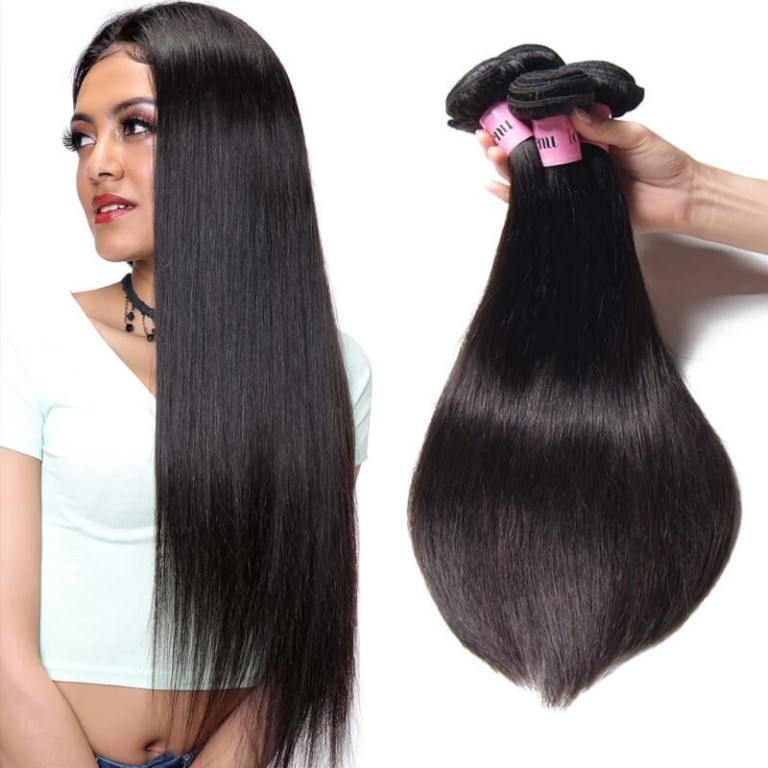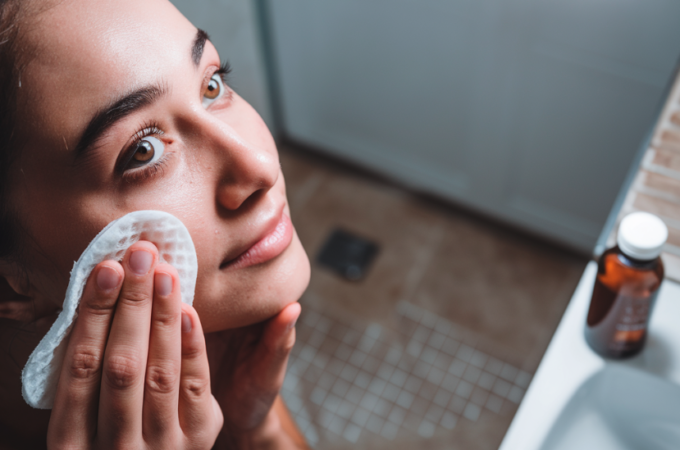
What is The Difference Between “Virgin Hair” and “Non-Virgin Hair”?
When it comes to beauty and fashion, one could say that this is a world unto itself.
With a wide range of accessories and styling elements, it is one vast realm unlike any other.
One of the most common elements of this realm happens to be that of wigs.
According to blackshowhair.com,wigs or artificial hair is a common fashion accessory for both men and women everywhere. Whether it is for a casual style statement or something more important such as medical reasons, wigs are used by people from a variety of different backgrounds.
And the result of this can be seen in the nature of the economy that has come up around it. The wig industry, in its multitude of features and aspects, is today one of the largest parts of the larger fashion industry in the world.
Coming to the wigs themselves, there is a lot that can be said about it.
Of it all, one of the most important aspects of the wigs, happens to be the material they are made from. One could say that the kind of materials used for wigs range from artificial to real ones, both of which have their own benefits and drawbacks.
Among the two, one of the most important happens to be that of real hair, given its ‘natural’ appeal. Indeed, natural hair, although more expensive than artificial ones, are the ideal choice for many who are serious about fashion.
When it comes to natural hair, it is often divided into two categories, namely, virgin and non-virgin hair.
Although these categories may seem rather confusing, the reality is that it is actually quite simple to understand. One thing that has to be understood is that both of them are ‘natural’ and not synthetic.
The nature of the differences has been explained in the points mentioned above.
1. The degree of processing
The biggest difference between virgin and non-virgin hair, has to do with the degree of processing.
In the case of virgin hair, there is no processing whatsoever with the hair strands. It is exactly the way it was, when it was still on the other person.

When it comes to the case of non-virgin hair, there is a great deal of processing involved, in order to make the hair seem more lustrous and shiny. The most common and typical way involves the stripping of the hair’s cuticles as well as other forms of chemical treatment. In addition to this, the treatments also involve things like coloring, styling and so on for the production of the final hair piece.
2. The durability of the hair
This is by far one of the biggest differences that people notice, after purchasing wigs.
When it comes to virgin hair pieces, it is noticed that they tend to last for a very long time, often spanning several months to years.
The above however, is not the case in non-virgin hair pieces, due to the various processes and treatments that they have undergone. Quite often, the hair processing and treatment makes the final hair strands vulnerable to damage, making them more brittle and prone to breakage than virgin hair.
3. The cost of the hair
The cost factor of the two different kinds of hair is also a difference worth pointing out.

In the case of virgin hair, the cost tends to be a lot more when compared to non-virgin hair. While this is a general rule, it is not always the case. The reason for this is that the chemical treatments and other styling used for making hair pieces, cost money and is often passed on to the consumer. This may at times make the final hair piece, even if made from non-virgin hair, a lot more expensive than those of virgin hair.
4. The workability of the hair
The workability of the hair is also an important difference between virgin and non-virgin hair.
Virgin hair, being in the natural state that it is, makes it easier to work with for designers and users alike. From coloring to curls and everything in between, virgin hair tends be very suitable for all of it.
In the case of non-virgin hair however, things can be different, given the way in which it has undergone various processes and treatments. What this means for those working with it, is that they will have to be more careful as there may be issues of breakage and other kinds of damage.
5. The storability of the hair
This is one thing that the end user of wigs needs to know about, when it comes to wigs.
People don’t use wigs throughout the day. On the contrary, it will be off for at least a third of the day, when one sleeps. In addition to this, the person may not use the wig at all times even when awake. And this is where the problem begins.

In the case of non-virgin hair, there is a likelihood of it tangling up and becoming messy during storage. It can even lead to damage for the hairpiece, should one try to forcibly untangle it. This is however not a problem in the case of virgin hair, which tends to be easy to store.
6. Washability of the hair
Last but not the least, is the issue of the hair’s washability.
In general, both virgin and non-virgin hair can be washed. But there is a limit and restriction with regard to how it can be washed.
Virgin hair can in general be washed more roughly than non-virgin hair, and still maintain its strength and texture. In the case of non-virgin hair however, there is every chance of breakage at the time of washing.
In addition to this, the kind of chemicals that can be used for washing the hair also varies. Virgin hair can in general, endure harsher chemicals than non-virgin hair. Non-virgin hair on the other hand, needs to be washing using mild and gentle chemicals, or in the case of those that are heavily processed, plain water.
Last but not the least, it should be added that the above mentioned differences between virgin and non-virgin hair, are some of the most important.
There are indeed many more such differences as well, that can be taken into consideration. At the same time however, the differences that have been mentioned above are by far some of the most important ones in the larger hair styling industry.




